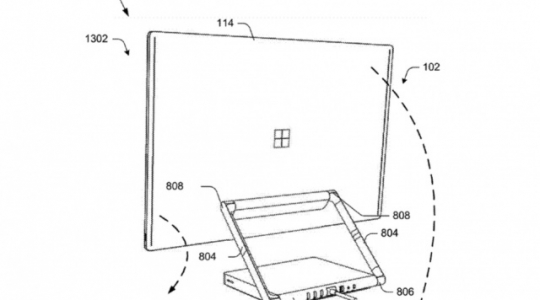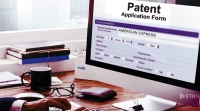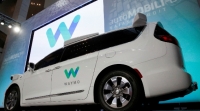Bene, it looks like Microsoft is looking to, once again, make a return to the hardware space with a newly filed “modular informatica device” patent. As the name implies, if this idea were to actually make its way into production, owners of the machine would be able to upgrade and replace certain components of their Microsoft-branded PC without advanced DIY computer-building knowledge.
Come VentureBeat rapporti, the patent was filed last July, prior to being published this past Thursday, Febbraio 11. Notably, Tim Escolin, an industrial designer on Microsoft’s Surface devices and accessories team, is credited with co-authoring the patent, indicating that it might share the Surface branding.
A combination of offering modular hardware in conjunction with the Surface qualifier would make sense for Microsoft, dato sia il successo della multiforme della società Surface Book e Surface Pro formazioni e l'interesse della società ha dimostrato in accessori modulari con la Xbox One Elite controller.
Two years ago, Microsoft first indicated an interest in modular PC development while promoting Razer’s Project Christine PC. Interestingly enough, tuttavia, the computer is still available on the market despite being revealed as far back at CES 2014. Fortunately, Acer’s Revo Build Mini PC took customization into its own hands with an affordable $225 entry-level price tag.

Unlike other modular PC examples, if the aforementioned patent makes its way into production, Microsoft plans on packaging in a display with the computer, effectively making it a modular all-in-one. The rest of the hardware, consisting of a removable battery, a processor, a graphics card, memory, storage, speakers, and a wireless card, deve essere attaccato da cerniera al display. There’s even mention of components for gesture recognition and holographic projection, perhaps hinting at some cross-functionality with HoloLens.
Inoltre, i componenti sono racchiusi da gusci magnetici che si possono mescolare e abbinare, come si vede in forma.
“In this way, the computing device may be altered and changed readily by a user in an intuitive manner without requiring detailed knowledge of the hardware,” write the patent authors.
Naturalmente, Come per tutti i brevetti depositati, we can’t be sure this is a product we’ll actually see come to fruition in the near, or even distant future, ma ciò è fun to speculate nonetheless.











